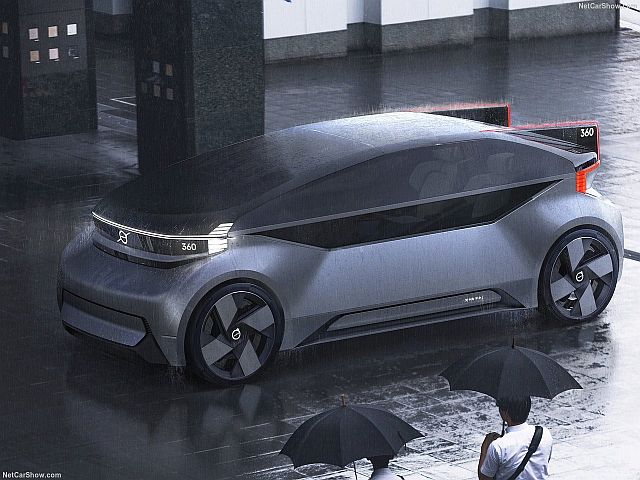
Volvo Cars have been investing in autonomous technology for some time and with quite a lot of success, too. Volvo have always been synonymous with safety and that is the main reason behind autonomous vehicles. This is indeed a step forward but, as any new concept, comes with a load of ‘what if?s’.
In 1959, Volvo Cars invented the three-point safety belt and didn’t patent it in the interest of safety. It is now standard on most production vehicles today, barring the race-inspired supercars or specialist vehicles that use harnesses. The seat-belt was a revolution for safety level in automobiles and now the company says that autonomous vehicles are the future and would expect to be as big a revelation as the ‘seat-belt’.
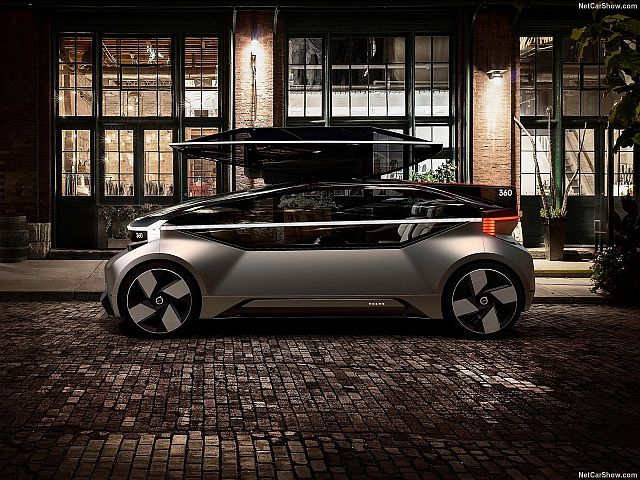
Volvo recently introduced the world to their 360c Concept. This car is meant to showcase what autonomous cars can actually be. Initially, we were introduced to autonomous vehicles where a person sits behind the wheel but not actually driving the vehicle with a surprised look on their faces. Understandably so, but the Volvo 360c Concept is a completely different beast altogether.
To check the boxes, we need a futuristic exterior – Check. Navigation through GPS – Check. Radar to monitor the distance to other vehicles – Check. A smart system to communicate with other vehicles – Check. Manual controls for a driver to take control – No. That is correct. No manual control. What the car does offer is a whole new concept of commuting and traveling.
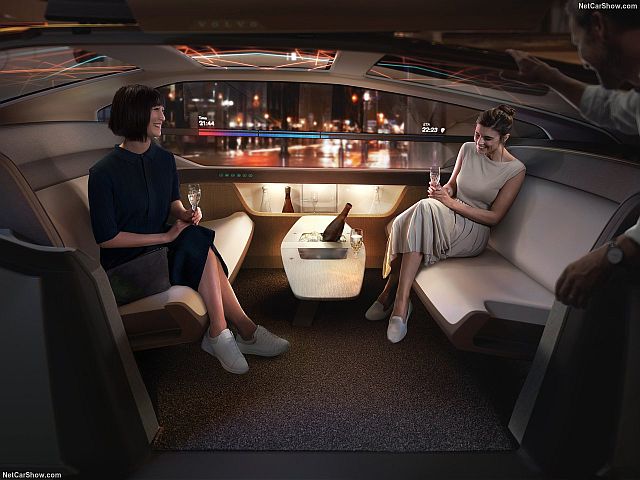
The Volvo 360c Concept used a system comprising external sounds, colours, visuals, movements and communication systems, which makes the car’s movement very clear. The interior is as crazy as the exterior and will potentially come with four designs: a sleeping environment, living-room, mobile office, and entertainment space.
In the sleeping environment, the question of safety due to the position of a passenger comes into question. Volvo have countered this with measures such as a safety blanket which has a restraining system similar to a three-point safety belt.
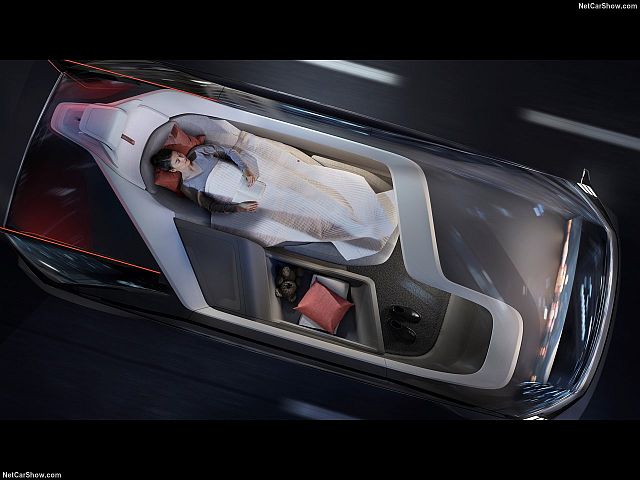
“We strongly believe this communication method should be a universal standard, so all road users can communicate easily with any autonomous car, regardless of which maker built it,” said Malin Ekholm, Vice-President, Volvo Cars Safety Centre. “But it is also important that we do not instruct others what to do next, in order to avoid potential confusion. Our research shows this is the safest way for fully autonomous cars to communicate with other road users.”
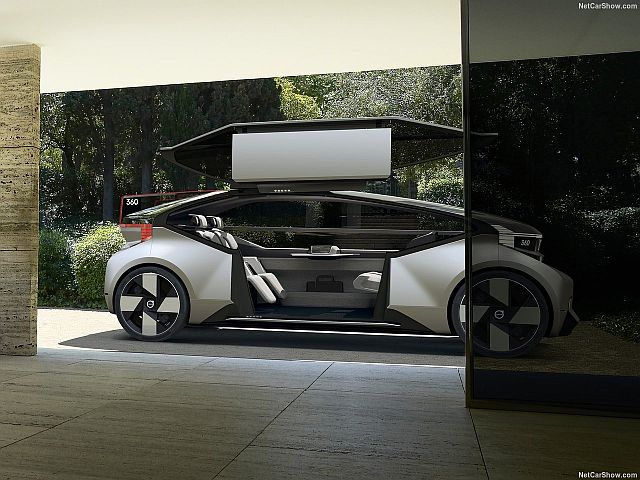
All in all, Volvo’s vision for the future with these cars have already begun. Volvo have already introduced autonomous cars on roads and with its success, it will have huge implications for city planning and infrastructure in the future. The curiosity of human decision-making, though, does tend to create a rift amongst autonomous car debates. Such as the case of eye-contact that can tell a lot about another driver’s next move. However, this system is meant to change the need to make those decisions. Autonomous cars can completely remove incidents related to drunk driving, mobile phone usage, falling asleep at the wheel, and other such scenarios which often cause fatal accidents. The future seems to have a lot happening and autonomous cars could, very possibly, become the norm then.
Story: Zal Cursetji




















Leave a Reply